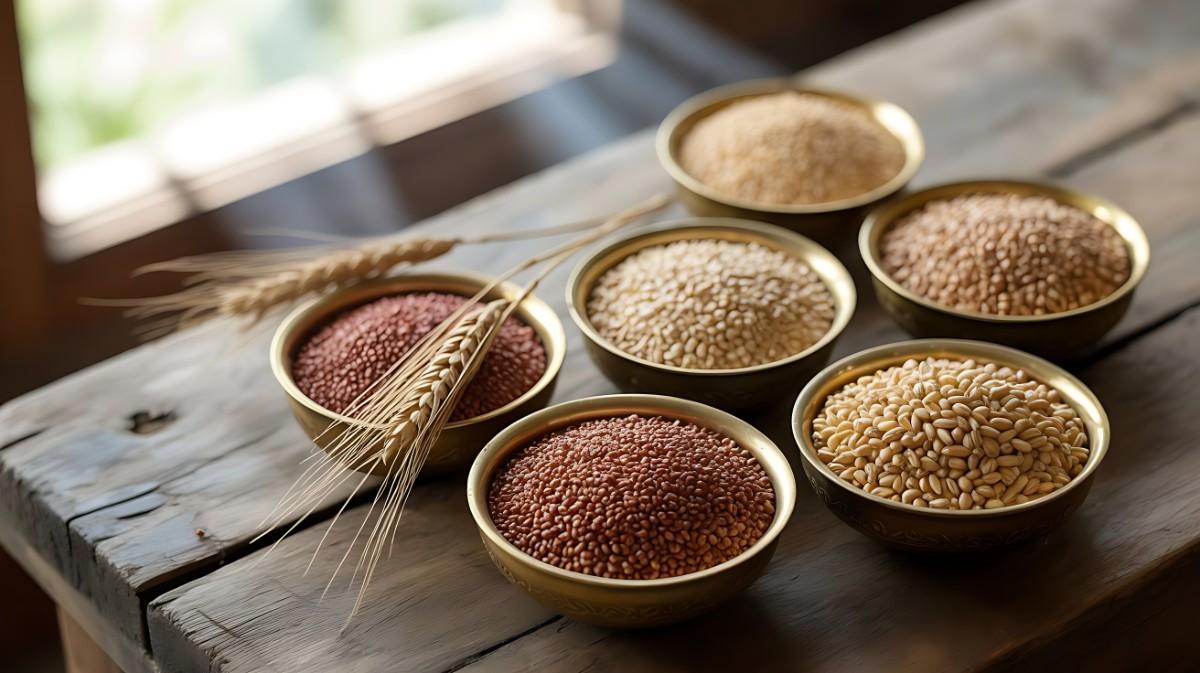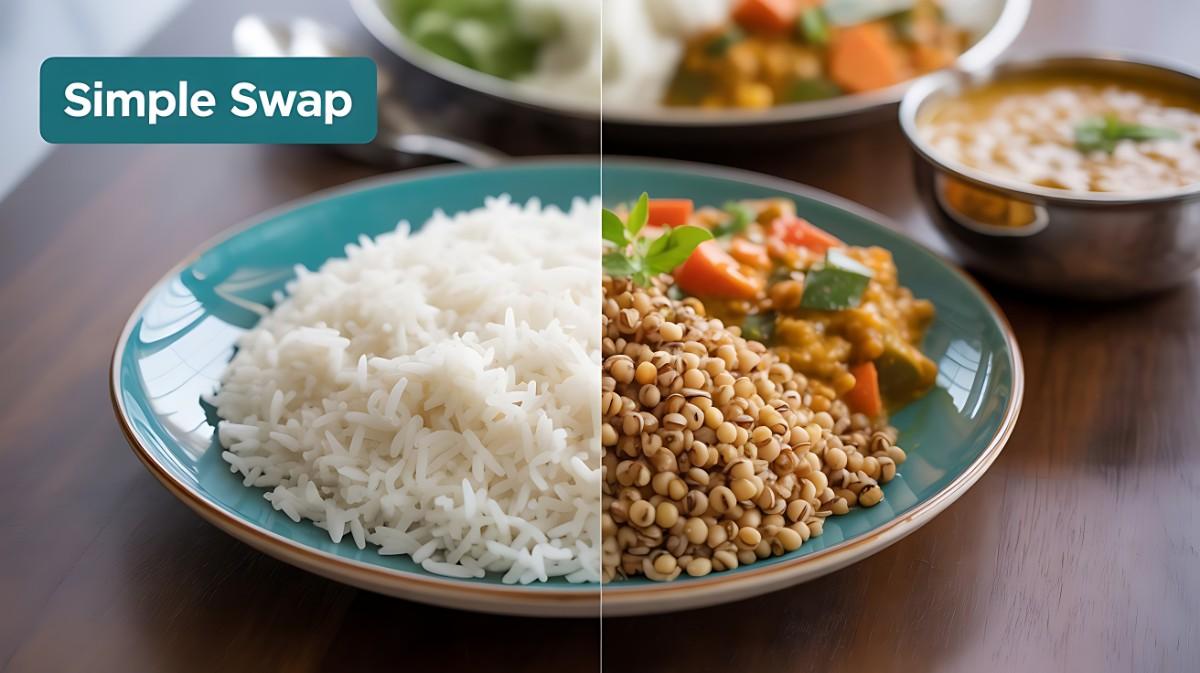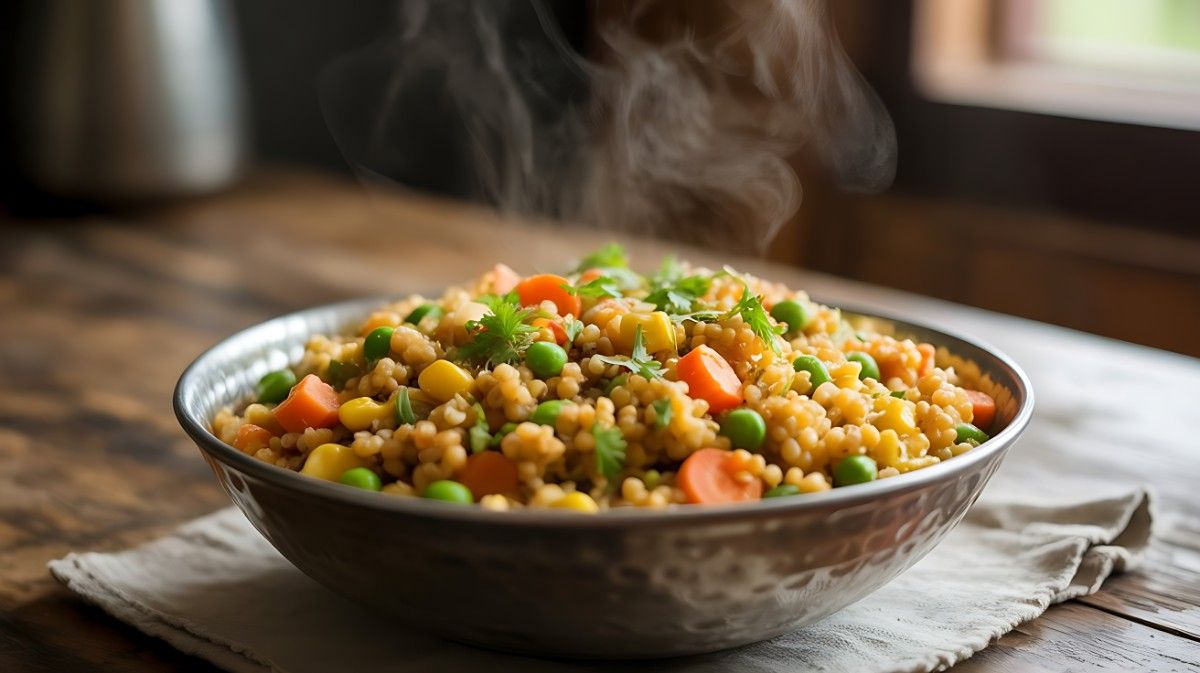How to Use Millets for Weight Loss

How to Use Millets for Weight Loss
How to Use Millets for Weight Loss? Are you tired of complex, foreign fad diets that require expensive, hard-to-find ingredients? Do you long for a weight loss strategy that feels authentic, rooted in your own kitchen, and actually works for the long haul?
You’re not alone. Many of us are looking for simple, sustainable ways to get healthier, and the answer might just be sitting in your pantry. It’s time to rediscover millets, the ancient Indian grain that’s a true superfood for modern wellness.
Millet Magic: Your Ultimate Guide to Using Millets for Sustainable Weight Loss
This guide will walk you through how to use millets for weight loss, not as a quick fix, but as a delicious, nourishing part of your daily life.
How to Use Millets for Weight Loss
Why Millets Are Your New Best Friend for Fat Loss

Before we dive into the “how,” let’s understand the “why.” Millets are not just a trendy grain; they have been a part of India’s culinary heritage for centuries, even appearing in ancient texts like the Brihadaranyaka Upanishad. Unlike refined grains like white rice or maida, millets are a whole grain packed with goodness.
The secret to their weight loss power lies in their high fiber content. Foods rich in fiber take longer to digest, which means they provide a steady release of energy and, most importantly, keep you feeling full for a much longer time . This simple mechanism helps prevent overeating and those mid-day hunger pangs that often derail a healthy diet. Think of it as a natural way to practice portion control without feeling deprived.
The Simple Swap: How to Integrate Millets into Your Daily Meals

How to Use Millets for Weight Loss
The beauty of millets is that they fit seamlessly into the traditional Indian thali, replacing refined carbohydrates with a healthier, more nutrient-dense option. The goal isn’t to revolutionize your kitchen, but to make a few smart substitutions using “food available in the kitchen” with “no fancy ingredients”.
Here’s how you can use millets throughout your day:
- For Breakfast: Start your day strong by swapping your usual poha or upma with a millet-based version. These easy-to-make, protein-rich breakfast dishes are a perfect way to kickstart your metabolism and stay energized until lunch . You can also make a simple millet porridge with fruits and nuts, which provides complex carbohydrates for sustained energy without a sugar crash.
- For Lunch & Dinner: This is where the magic happens. Instead of white rice or refined wheat roti, simply cook millet and use it as your complex carbohydrate source . Pair it with your favorite sabzi (vegetable curry) and a protein like dal or paneer to create a balanced, satisfying meal. This simple swap helps you reduce your overall calorie intake while keeping you full and nourished. You can also make a wholesome khichdi by combining millets with lentils and seasonal vegetables, making it a perfect light dinner option.
Meal Simple Millet Swap Rationale Breakfast Swap regular upma for millet upma. Offers more fiber and nutrients.
Lunch: Use millets instead of white rice
Provides sustained energy and keeps you full for longer.
Dinner: Replace refined flour roti with millet roti wholesome, high-fiber alternative.
Millets as a Pillar of Holistic Wellness

How to Use Millets for Weight Loss
Our goal at Fitwithmohit is to promote a lifestyle change, not a temporary diet. The use of millets aligns perfectly with this philosophy, as it’s part of a bigger trend in India of people embracing holistic, long-term well-being.
By incorporating millets, you’re not just managing your weight; you’re nourishing your body from the inside out. Millets, like other fiber-rich grains and legumes, act as prebiotics. This means they feed the beneficial bacteria in your gut, which is crucial for good digestion and overall health. This connection between traditional Indian wisdom and modern scientific understanding is how we can build trust and authority in this space. By choosing millets, you are “reinventing traditions for today’s lives”.
Millets are particularly beneficial for managing lifestyle diseases. Their low glycemic index helps regulate blood sugar levels, making them an excellent choice for those managing or preventing diabetes . They are also known to help lower cholesterol and reduce inflammation, supporting overall cardiovascular health .
Your Millet Cheat Sheet: Choosing the Right Grain
How to Use Millets for Weight Loss
Did you know there are many different types of millets, each with its own unique flavor and health benefits? Experimenting with these different grains can add variety to your diet while providing a wide range of nutrients.
Finger Millet (Ragi): Known as a nutritional powerhouse, Ragi is a fantastic source of calcium and iron, which are essential for strong bones and healthy blood. It’s a great choice for managing blood sugar levels and can be used to make everything from rotis to dosa and even cookies.
Sorghum (Jowar): This millet is an excellent source of dietary fiber, protein, and antioxidants. It’s known to aid in digestion, support heart health, and can be easily used to make wholesome rotis or porridges.
Pearl Millet (Bajra): Bajra is a nutrient-dense grain rich in protein, fiber, and iron. It’s particularly popular for its cooling properties and is often used in summer recipes to help keep the body cool.
Little Millet (Vari): True to its name, this small grain packs big health benefits. It is rich in fiber and essential minerals, helping to improve digestion and regulate blood sugar levels. It’s often used as a rice substitute in dishes like pulao or upma.
Your Quick Guide to Cooking Millets Perfectly

Ready to start cooking but not sure how? The good news is that cooking millets is just as easy as cooking rice. You can use a pressure cooker or a pot, and with a little practice, you’ll be able to cook millets perfectly every time.
Basic Cooking Instructions:
For most millets, a standard ratio of 1 part millet to 2.5 parts water works well. For a pressure cooker, a 1:2 ratio is generally sufficient.
Rinse & Soak: Always rinse your millets thoroughly. For a softer, fluffier texture and better nutrient absorption, you can soak them in water for 30 minutes to an hour.
Cook: In a pot, bring the water to a boil, add the millets, and then simmer with a lid until all the water is absorbed, about 15-20 minutes. In a pressure cooker, cook for 1-2 whistles on low-medium flame.
Fluff & Rest: Once cooked, turn off the heat and let the millets sit for a few minutes. Then, fluff them with a fork.
Simple Millet Meal Ideas:
Millet Pulao: Use cooked millet as a base for a flavorful pulao. Sauté your favorite vegetables like peas and carrots with spices like cumin and coriander, and then mix in the cooked millets. It’s a perfect light and refreshing dish that works as a full meal.
Millet Porridge: For a wholesome and filling breakfast, replace oats with millets to make a nutritious porridge. Add nuts, fresh fruits, and a touch of honey for a delicious start to your day.
- Millet Salad: For a no-fuss meal, toss cooled, cooked millet with fresh vegetables like chopped bell peppers, onions, cucumber, and cilantro. Add a squeeze of lemon juice and some seasonings for a light, vibrant, and satisfying salad.
Your Roadmap to Success & Content Diversification
To make this change even easier, here are some actionable steps and content ideas to put this knowledge into practice:
Start Small: Begin by replacing one meal a day with millets. You could start with your dinner and swap it for a light millet khichdi.
Diversify Your Millet: There are many types of millets, from foxtail to pearl and finger millet. Try them all to find your favorite and get a wider range of nutrients.
Get Creative: Millets are incredibly versatile. You can create millet-based pancakes, savory bowls, or even dosa batter. The possibilities are endless.
Share Your Journey: Take a picture of your millet thali and share it online. Tell us in the comments which millet you’re trying first and what recipe you’re excited about. Your journey can inspire someone else to take their first step towards a healthier lifestyle.
Remember, consistency is key, and every small, consistent step forward will help you achieve your goals. If you’re looking for a deeper dive into your overall fitness goals, be sure to check out our guide on how to lose fat and gain muscle. Millets are a delicious, versatile, and deeply nourishing way to embark on a sustainable weight loss journey, proving that the most powerful solutions are often the simplest ones. For more healthy Indian recipes and to follow my personal fitness journey, you can also find me on YouTube at eating with mohit and on Instagram at fitwithmohit.ig.
If you’re looking for a deeper dive into your overall fitness goals, be sure to check out our guide on how to lose fat and gain muscle.
